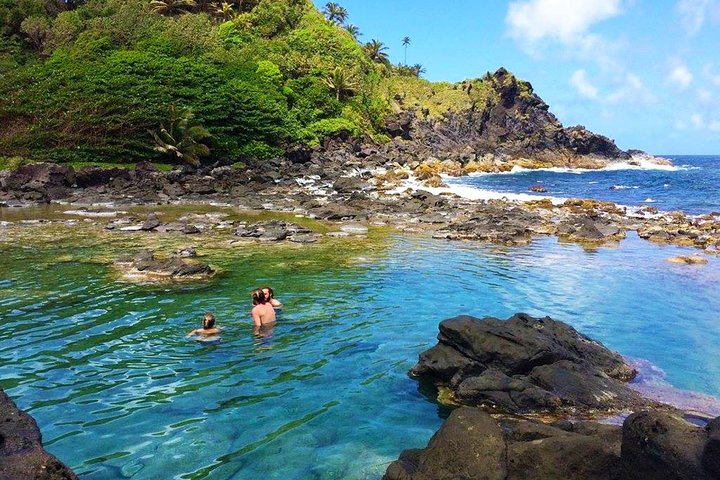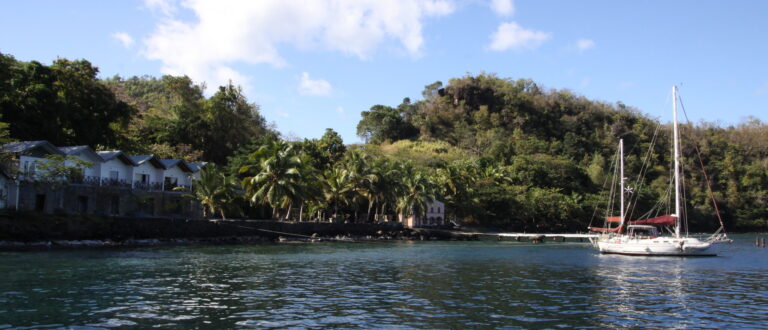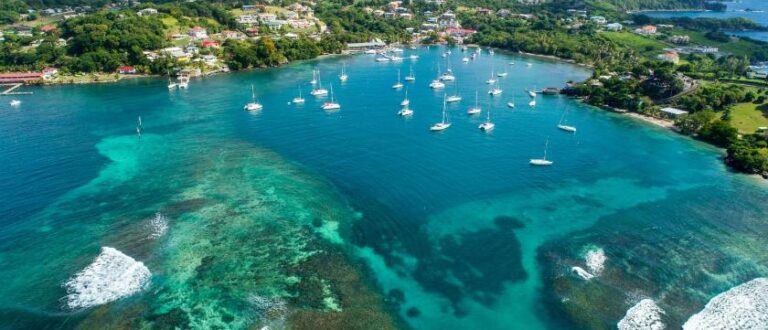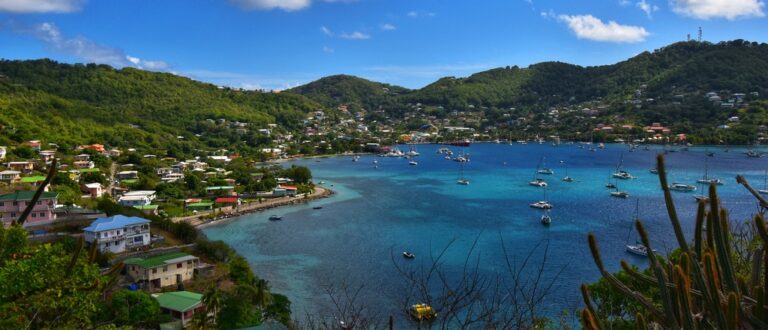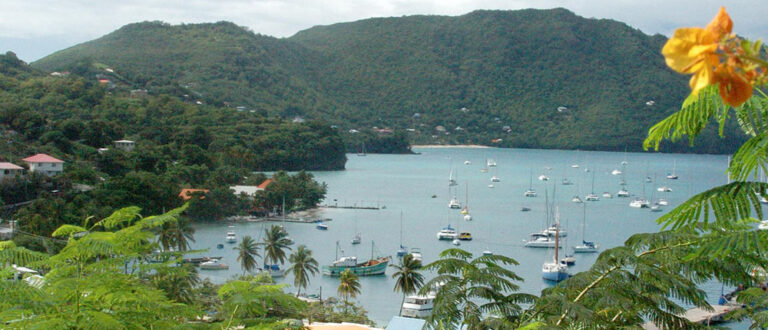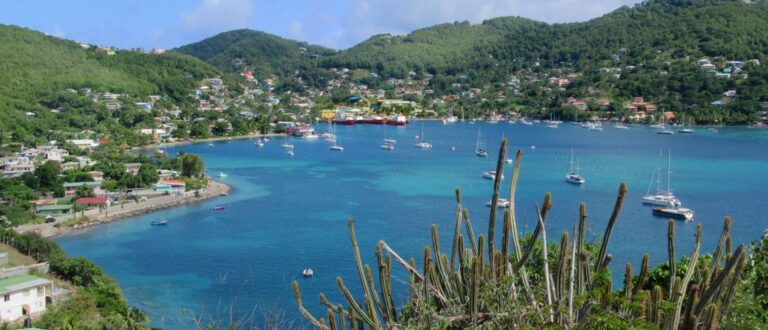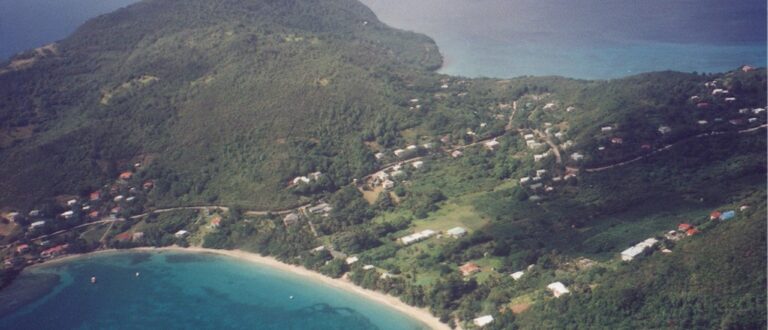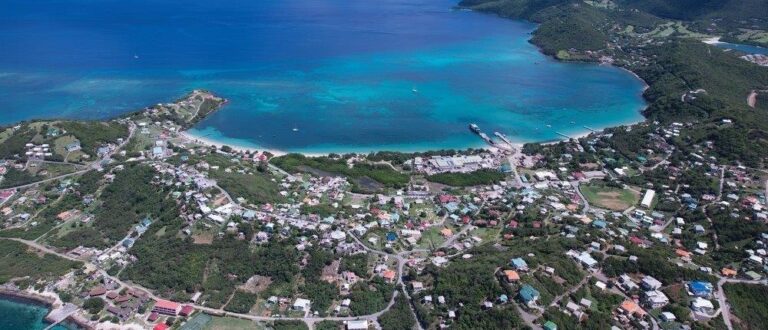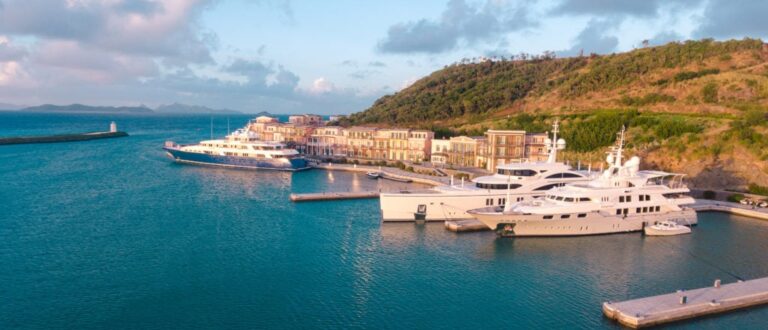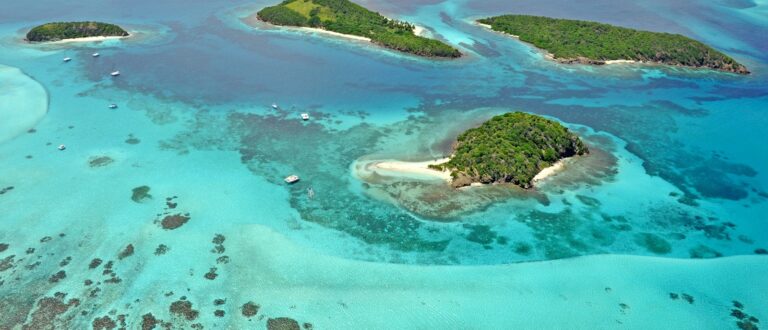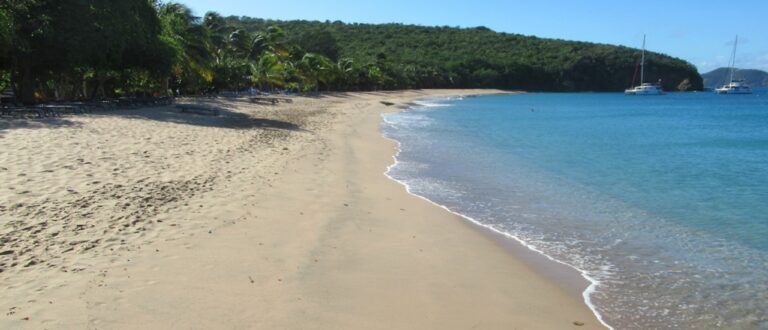Sorry, no records were found. Please adjust your search criteria and try again.
Sorry, unable to load the Maps API.
Sailing to Saint Vincent and the Grenadines A map of the best ports and anchorages
Live ranking of your favorite ports and anchorages in Saint Vincent and the Grenadines: leave reviews, share your best photos, or add a new spot you’ve discovered. Join the discussion on Saint Vincent and the Grenadines Sailing Group for the latest news.
Most popular anchorages in Saint Vincent and the Grenadines
(Add an anchorage)Always choose the safest spot. Try zooming in to avoid seaweed fields, then click to start your list of favorites.
-
Excellent holding ground for anchors amidst its stunning coral seabed. Easy access to provisioning a… Read more about this listing
-
Clifton serves as a gateway to the southern Grenadines. It is marked by its horseshoe-shaped harbor … Read more about this listing
-
One of the highlights of Coral Reef is the proximity to some of the best snorkeling and diving in th… Read more about this listing
-
The town of Port Elizabeth is charming and has everything you need—groceries, boutiques, and local m… Read more about this listing
-
Friendship Bay offers a more tranquil, off-the-beaten-path alternative to the busier Admiralty Bay. … Read more about this listing
-
Macaroni Bay in Mustique is a picturesque anchorage but best approached with a bit of caution due to… Read more about this listing
Most popular ports and marinas in Saint Vincent and the Grenadines
(Add a port)Find a berth for your boat. Keep an eye on the tide and weather forecast, then click to call the port.
-
Charlestown Bay on Canouan Island was a delightful stop during our sailing trip, with its well-prote… Read more about this listing
-
Close to the village of Owia, this spot provides a rustic anchorage experience in settled weather. D… Read more about this listing
-
The marina can feel somewhat isolated, as it’s quite separate from the rest of the Grenadines. The c… Read more about this listing
Saint Vincent and the Grenadines sailing itinerary

Wallibou
Wallibou is a tranquil bay on the northwest coast of Saint Vincent. Nestled beneath the imposing La Soufrière volcano, this little slice of paradise has been a hidden gem for centuries, long before film crews ever set foot on its shores. All played out against the dramatic backdrop of rugged cliffs and dense rainforests.
Explore the old film set
Wallibou Bay found itself thrust into the global spotlight, thanks to the swashbuckling adventures of a certain Caribbean pirate. The bay was transformed into a bustling film set for the Pirates of the Caribbean series, with its natural beauty and historical ambiance providing the perfect backdrop for epic tales of the high seas.
Waterfall
Just a short hike inland from the bay, you’ll find Wallibou Falls. The hike is relatively easy and rewards you with a cool, refreshing dip in the natural pool at the base of the falls.
Your favorite ports and anchorages in Wallibou
(Add a spot)-
Wallilabou Bay in Saint Vincent is definitely a place with character, though my experiences there ha... Read more about this listing
-
The bay is truly picturesque, nestled under cliffs lined with coconut palms and the emerald waters a... Read more about this listing
Kingstown
Unfortunately, there isn’t a nice spot to drop anchor in the vicinity of Kingstown, also called “the City of Arches” for its charming stone archways that line the streets. But you will find frequent buses on the coastal road.
Visit
The St. George’s Anglican Cathedral, a stunning example of 19th-century Gothic architecture. The cathedral, with its rich wooden interior and historic pipe organ, has seen countless weddings, baptisms, and Sunday services, serving as a spiritual anchor for generations of Vincentians.
Market
The Kingstown Market, this is where the heart of Kingstown beats strongest. The market has been a gathering place for locals for decades, and it’s here that you’ll find some of the freshest produce on the island, as well as an array of handmade crafts.
Things to do
Kingstown is also home to the oldest botanical gardens in the Western Hemisphere, established in 1765. This green oasis offers a peaceful escape within the city, where towering breadfruit trees —descendants of those brought by Captain Bligh— share space with exotic plants and flowers.
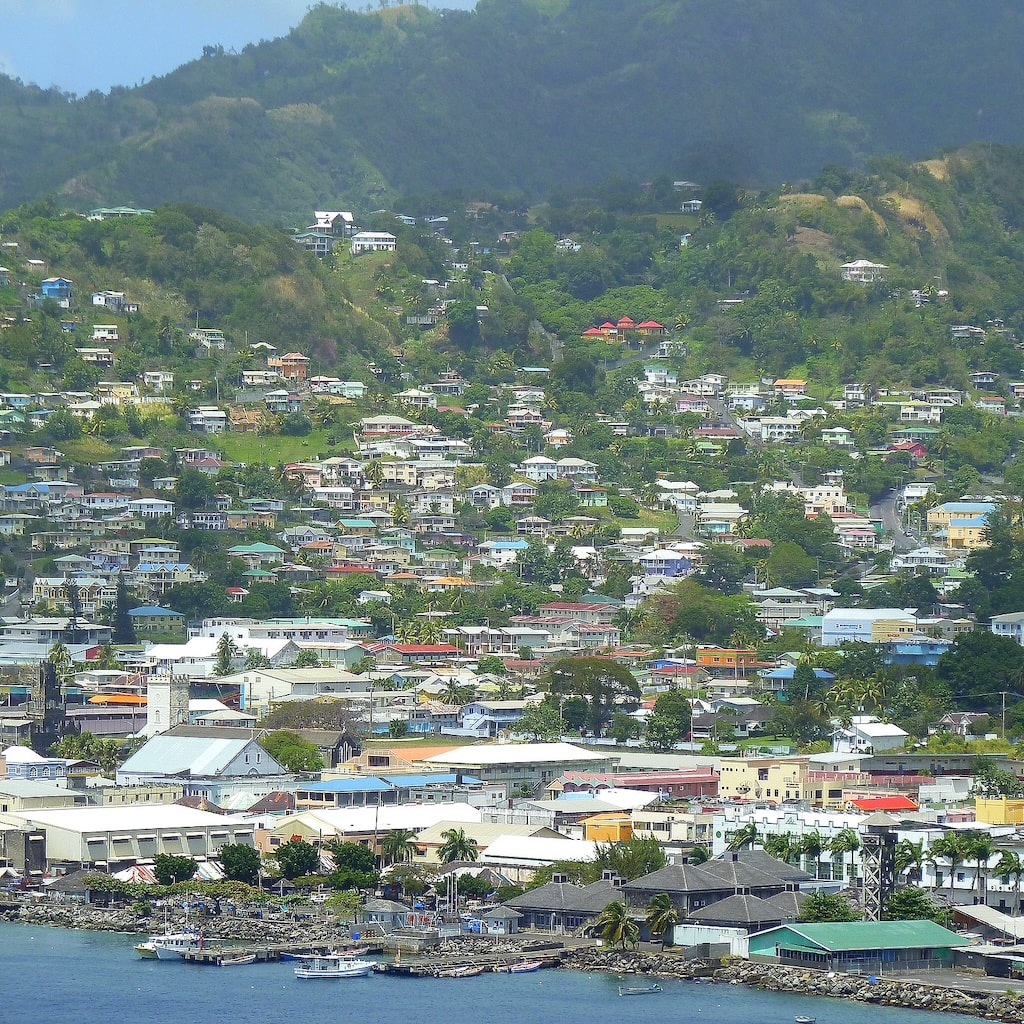
Your favorite ports and anchorages in Kingstown
(Add a spot)-
Excellent holding ground for anchors amidst its stunning coral seabed. Easy access to provisioning a... Read more about this listing
-
The seabed consists mainly of sand and mud, which provides good holding for anchors. Depths in the b... Read more about this listing

Bequia
The first and largest of the Grenadine islands.
Visit
The Bequia Maritime Museum is a great place to learn about the island’s whaling past, boat-building traditions, and the stories of the sailors who called Bequia home.
Things to do
Pay a visit to The Old Egg Turtle Sanctuary, on the eastern side of the island, where you can learn about the conservation efforts to protect endangered hawksbill turtles. Run by a local hero, Brother King, this sanctuary gives you a chance to see baby turtles up close and learn about their journey to the sea.
Hiking
For those who enjoy a bit of adventure, a hike up Mount Peggy provides panoramic views of the island and the surrounding Grenadines. The hike is moderately challenging.
Your favorite ports and anchorages in Bequia
(Add a spot)-
The town of Port Elizabeth is charming and has everything you need—groceries, boutiques, and local m... Read more about this listing
-
Friendship Bay offers a more tranquil, off-the-beaten-path alternative to the busier Admiralty Bay. ... Read more about this listing
Mustique
This tiny private island is just three miles long and a mile wide. The transformation into a luxurious getaway began in the 1950s when British aristocrat Colin Tennant, purchased Mustique for a mere £45,000. His vision was to create a utopian society, a place where the elite could escape the pressures of the world and live in harmony with nature.
Visit
Tennant’s grand plan began to take shape when he gifted a plot of land to his friend Princess Margaret, the younger sister of Queen Elizabeth II. Her villa, Les Jolies Eaux, became the cornerstone of Mustique’s glamorous reputation, attracting crowd that included Mick Jagger, David Bowie, and Bryan Adams.
Hiking
Hiking trails will take you to endless fields of wildflowers, the medical school was here for a reason.
Cocktail
One of the island’s most beloved traditions is the weekly cocktail party hosted by the Mustique Company. Held at the Cotton House, the island’s iconic hotel, this gathering is a chance for residents and guests to mingle and share stories, creating a sense of community that is rare in such an exclusive setting. It’s here that you might find yourself chatting with a famous musician, a titled aristocrat, or perhaps just a fellow traveler who has stumbled upon this slice of paradise.
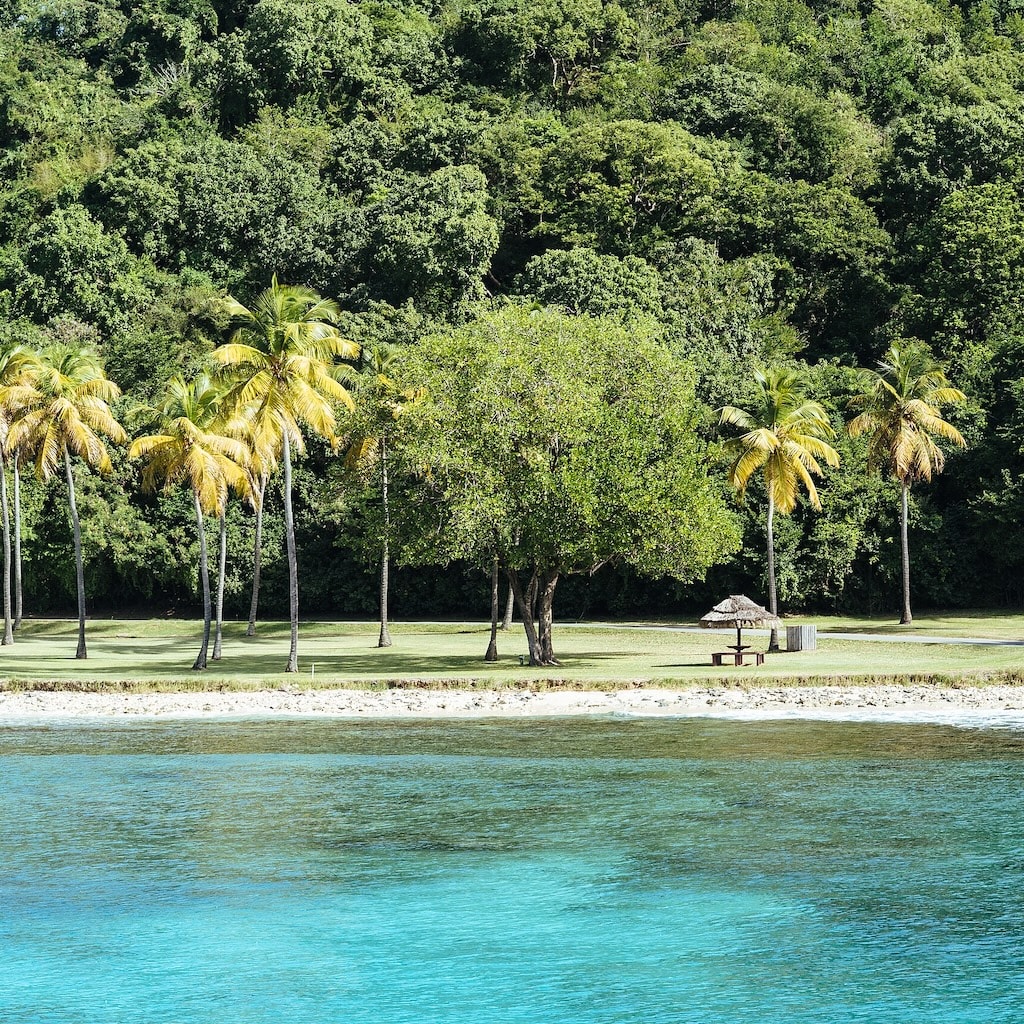
Your favorite ports and anchorages in Mustique
(Add a spot)-
Macaroni Bay in Mustique is a picturesque anchorage but best approached with a bit of caution due to... Read more about this listing
-
Anchoring here is straightforward, but you’ll need to pick up a mooring buoy, as anchoring itself is... Read more about this listing
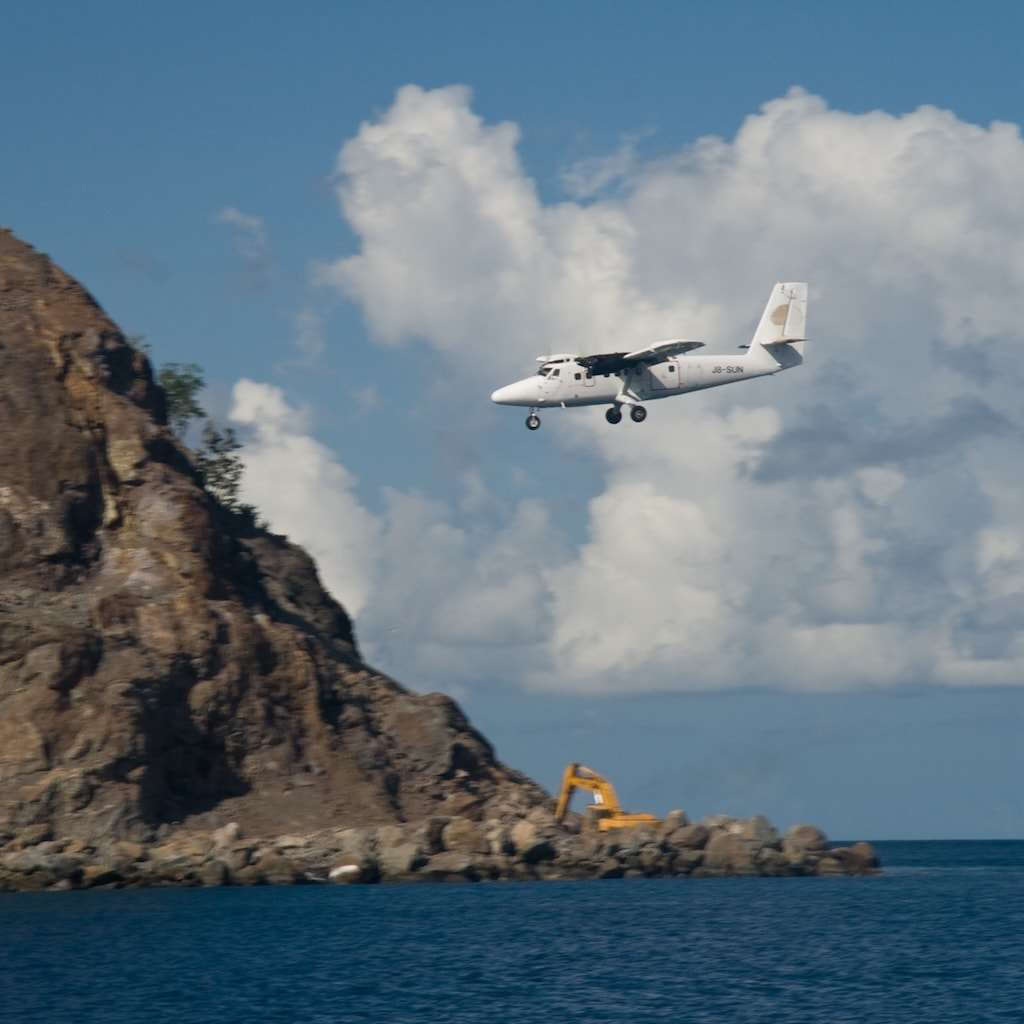
Canouan
Once a sleepy fishing village, Canouan has quietly transformed into a destination of luxury. The island name is derived from the Carib word for “turtle”, a nod to the turtles that still nest on its shores.
Spa
Canouan’s luxury resorts offer world-class spa facilities where you can indulge in a relaxing massage or beauty treatment.
Golf
Canouan is home to a world-class 18-hole golf course designed by Jim Fazio. The course is beautifully landscaped, with challenging holes and stunning views of the ocean.
Hike
For a bit of adventure, take a hike up Mount Royal, the island’s highest point. The trek is moderate and takes you through lush greenery to a vantage point offering panoramic views of Canouan and the surrounding Grenadine islands.
Your favorite ports and anchorages in Canouan
(Add a spot)-
Grand Bay, located on the leeward side of Canouan in the Grenadines, presents a harmonious balance o... Read more about this listing
-
Charlestown Bay on Canouan Island was a delightful stop during our sailing trip, with its well-prote... Read more about this listing
-
The marina can feel somewhat isolated, as it's quite separate from the rest of the Grenadines. The c... Read more about this listing
Tobago Cays
Legend has it that pirates once used these secluded cays as their hideouts, taking advantage of the labyrinth of coral reefs and crystal-clear waters to evade capture. Today, the only pirates you’ll encounter in Tobago Cays are the local reef sharks and sea turtles that glide effortlessly through the shallow lagoons, which are themselves a wonder of natural architecture.
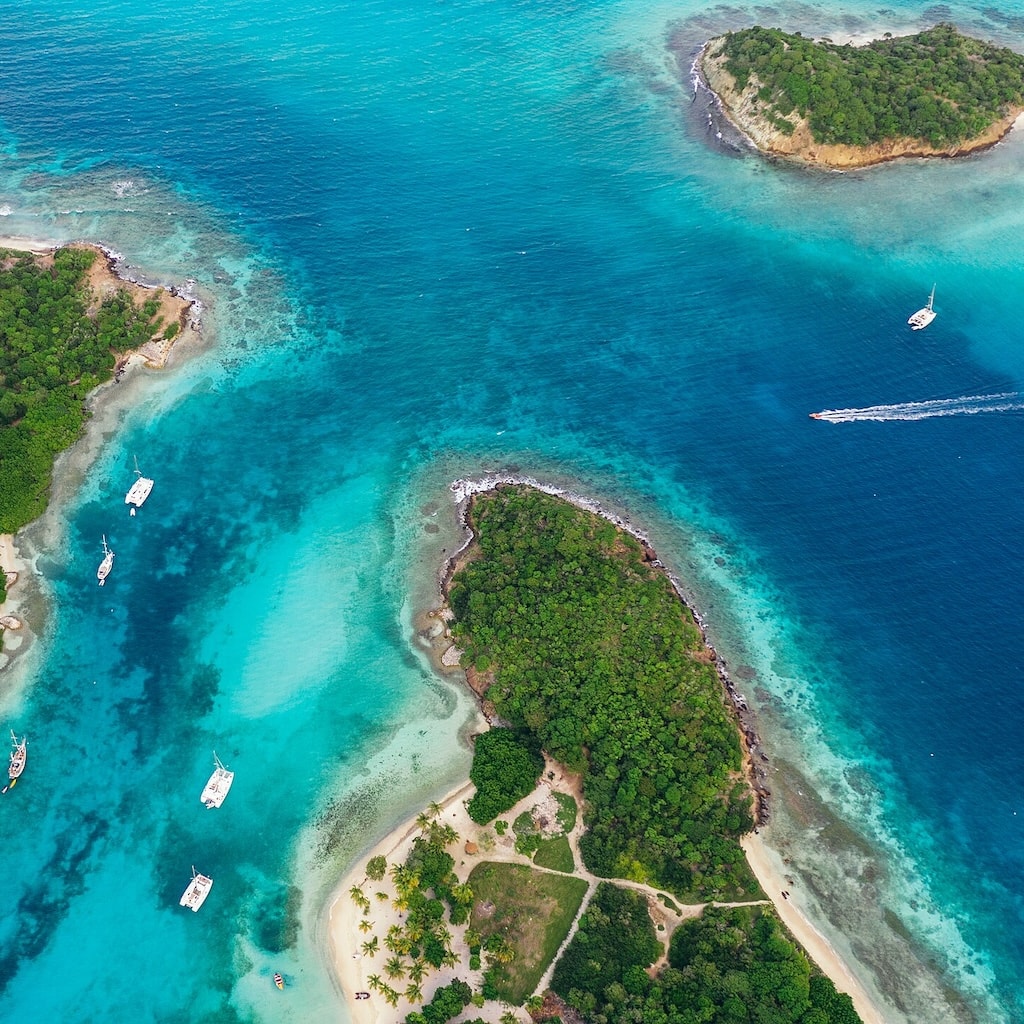
Your favorite ports and anchorages in Tobago Cays
(Add a spot)-
One of the highlights of Coral Reef is the proximity to some of the best snorkeling and diving in th... Read more about this listing
-
This half-moon beach, with its fine white sand meeting the gentle azure sea, forms a natural harbor ... Read more about this listing
-
Salt Whistle Bay is a breathtakingly beautiful spot, though it can get quite crowded, especially wit... Read more about this listing
Discussion
Home › Saint Vincent & the Grenadines Sailing Group
- This forum is empty.
- Oh, bother! No topics were found here.
- You must be logged in to create new topics.













